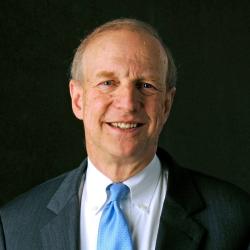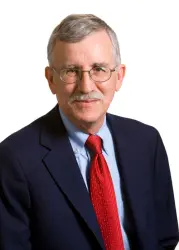Abstract
The SECURE 2.0 legislation, passed in December 2022, is the most extensive set of changes to retirement law in the last 15 years. In this paper, we place SECURE 2.0 in the context of the ongoing evolution of the retirement system, summarize its key provisions, and discuss the need for additional reforms. Because 2024 marks the 50th anniversary of the passage of ERISA, assessing the broad arc of retirement policy and behavior is particularly timely. Previous reform efforts, including automatic 401(k)s, Automatic IRAs, and the saver’s credit, aimed to make retirement saving easier and more rewarding for rank-and-file workers. More recently, SECURE and SECURE 2.0 improved and expanded the saver’s credit (renamed the saver’s match), expanded automatic enrollment, and extended plan participation to more part-time employees. They also facilitated multiple-employer plans and took steps to improve account portability and disclosure, reduce pre-retirement leakage, facilitate emergency saving, and promote better options to convert savings into retirement income. However, there are still important avenues for policy to make the retirement system more equitable and effective. Particularly important are eliminating the coverage gap and closing the racial, ethnic, and gender gaps in retirement wealth. Other key goals include helping workers convert savings into reliable lifetime income; encouraging people to work longer; reducing pre-retirement leakage, including by ensuring that retirement savings can follow workers from job to job; and exempting smaller savers from the required minimum distribution rules.
-
Acknowledgements and disclosures
The Brookings Institution is financed through the support of a diverse array of foundations, corporations, governments, individuals, as well as an endowment. A list of donors can be found in our annual reports, published online. The findings, interpretations, and conclusions in this report are solely those of its authors and are not influenced by any donation.
The Brookings Institution is committed to quality, independence, and impact.
We are supported by a diverse array of funders. In line with our values and policies, each Brookings publication represents the sole views of its author(s).






